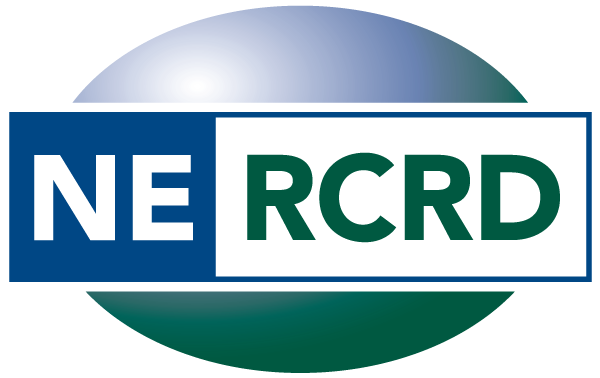
Researchers earn NSF grant to measure local innovation activity
August 13, 2024
A team of researchers — including two NERCRD’s Zheng Tian and Stephan Goetz, and their collaborator Timothy Wojan, an Oak Ridge Institute for Science and Education (ORISE) fellow — were awarded a two-year, $300,000 grant from the U.S. National Science Foundation (NSF) to develop a new method for accurately measuring innovation activity in small geographic regions. Their project endeavors to shed light on the factors that promote or hinder innovation among firms in different U.S. locations, as well as facilitate more targeted and effective local interventions to foster economic growth and social well-being.
“There’s a growing U.S. policy interest in understanding place-based innovation by local businesses, in order to help promote regional economic growth,” said Zheng Tian, assistant research professor at Penn State and the Northeast Regional Center for Rural Development (NERCRD) and project director on the grant. “However, researchers have not been able to effectively measure innovation’s local prevalence or its impacts, due to a lack of data at the substate level. We will address this gap by developing methods for estimating innovation rates among firms — defined here as business with employees — in more localized smaller areas, such as counties or commuting zones.”
Funded as an NSF EArly-concept Grant for Exploratory Research (EAGER), this project will focus on examining the feasibility of using two federal datasets — the Economic Census (EC) and the Annual Business Survey (ABS) — to estimate innovation rates at the county level. The EC, which is conducted every five years, provides comprehensive statistics on U.S. businesses and is a very large dataset. The ABS collects more detailed data on U.S. firms not captured by the EC, including their innovation activities, but is a much smaller dataset and too sparse to provide accurate estimates of innovation for all but the largest cities, the researchers said.
“The essence of this project is to borrow strength from the much larger Economic Census dataset to enhance the predictive power of the smaller, more detailed ABS dataset. This will allow us to predict innovation rates in small areas that may not be captured accurately by using ABS data alone,” said co-investigator Timothy Wojan, an ORISE Established Scientist Fellow at the NSF’s National Center for Science and Engineering Statistics. “This approach is used often to estimate other phenomena such as childhood poverty rates or disease incidence, but this project will be the first to apply these techniques to better understand innovation.”
The researchers named the new measure the Small Area Innovation Rate Estimation, or SAIRE.
“SAIRE will allow practitioners to understand and promote innovation in their specific local contexts and to more effectively measure the success of location-specific innovation strategies,” said co-investigator Stephan Goetz, professor of agricultural and regional economics at Penn State and director of the NERCRD. “To date, researchers have relied on county-level patent data to measure local rates of innovation, but patents fail to capture other kinds of innovation. For example, innovations in marketing or business processes are not something that a business would or could patent, yet we know from our previous research that these less obvious types of innovation can be critical to firm survival and growth, and to generating significant local economic impacts. Since this project will draw on the ABS data, which asks firm owners about many different types of innovation, it will result in a measure that more accurately captures the breadth of innovation occurring in U.S. firms.”
The researchers will access the EC and ABS datasets through the Penn State Census Research Data Center, one of over 30 Federal Statistical Research Data Centers located around the country that provide secure access to restricted federal data. The new NSF-funded research will build on a prior study of local innovation funded by the U.S. Department of Agriculture.
